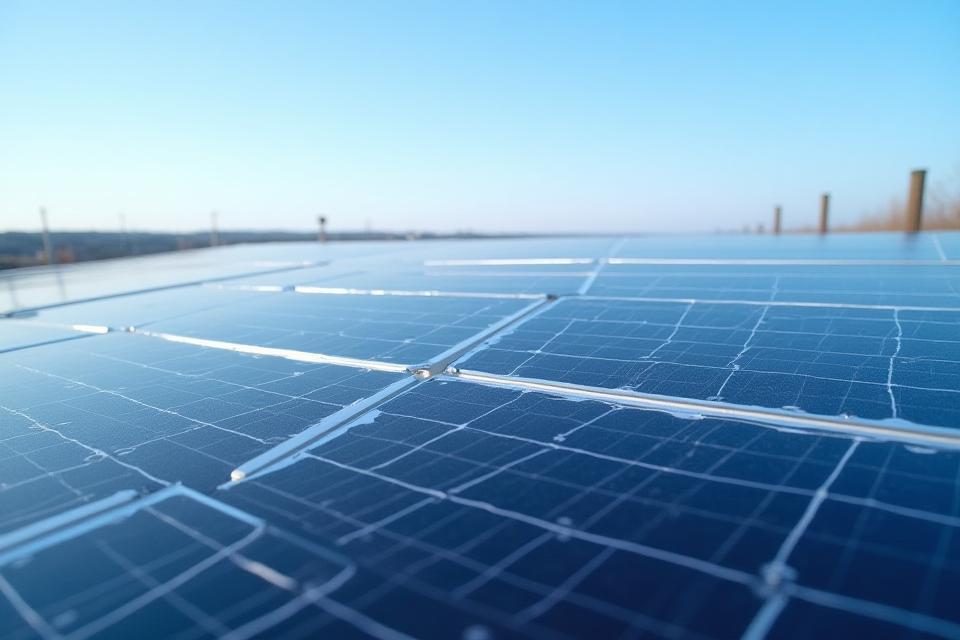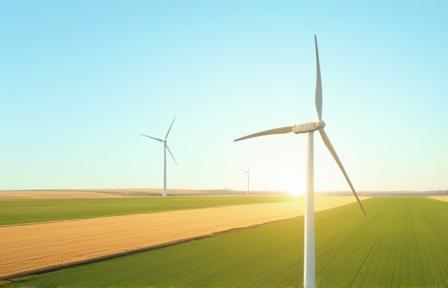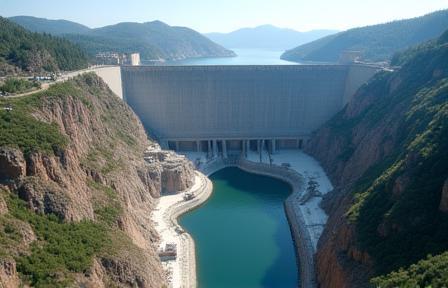Founded in the heart of Tokyo, Midori Kankyo Solutions emerged from a collective passion to address the pressing global challenges of climate change and energy sustainability. Our journey began over a decade ago, driven by a vision to not only implement renewable energy solutions but also to empower the next generation of green energy professionals. We recognized that the transition to a sustainable future hinges on expertise and innovation, and education is the cornerstone of this transformation.
Our company's ethos is deeply rooted in the Japanese philosophy of 'Midori' – meaning 'green' – and 'Kankyo' – meaning 'environment'. This reflects our unwavering commitment to environmental stewardship and our dedication to fostering a harmonious relationship between human activities and the natural world. We specialize in providing comprehensive training and consulting services across the spectrum of renewable energy technologies, including solar power, wind energy, and hydroelectric power.
At Midori Kankyo Solutions, we pride ourselves on our team of industry-leading experts, each bringing years of practical experience and academic excellence. Our instructors are not just educators; they are active participants in the renewable energy sector, involved in cutting-edge research, project development, and policy advocacy. This ensures that our courses are not only theoretically sound but also grounded in the realities of the industry, providing our students with relevant, up-to-date knowledge and skills.
Our mission extends beyond simply imparting knowledge. We are committed to creating a vibrant learning community where students from diverse backgrounds can collaborate, innovate, and grow together. We foster an environment of inquiry, critical thinking, and problem-solving, encouraging our students to become proactive agents of change in their respective fields. We believe in hands-on learning, integrating practical labs, simulations, and real-world case studies into our curriculum to ensure our graduates are job-ready and equipped to make immediate contributions to the renewable energy sector.
Located in Tokyo, a city at the forefront of technological innovation and environmental consciousness, we are ideally positioned to connect our students with the pulse of the global renewable energy market. We strive to be more than just a training provider; we aim to be a catalyst for sustainable development, empowering individuals and organizations to embrace renewable energy and build a greener, more resilient future for all. Join us at Midori Kankyo Solutions, and let's power the future together.








